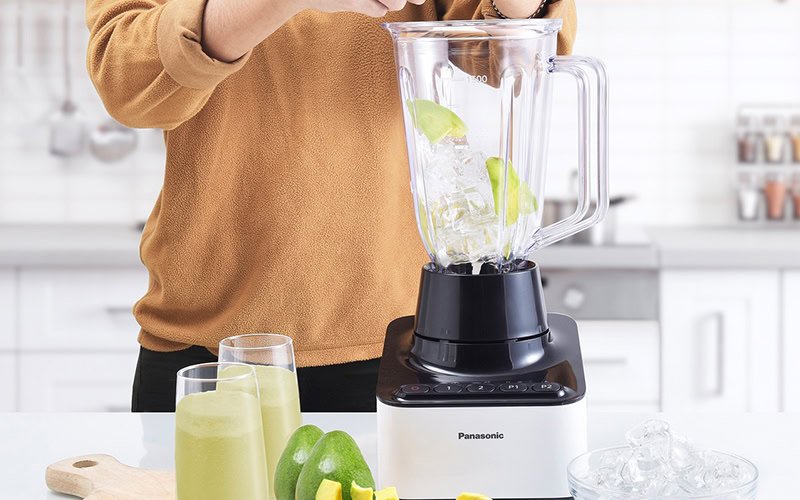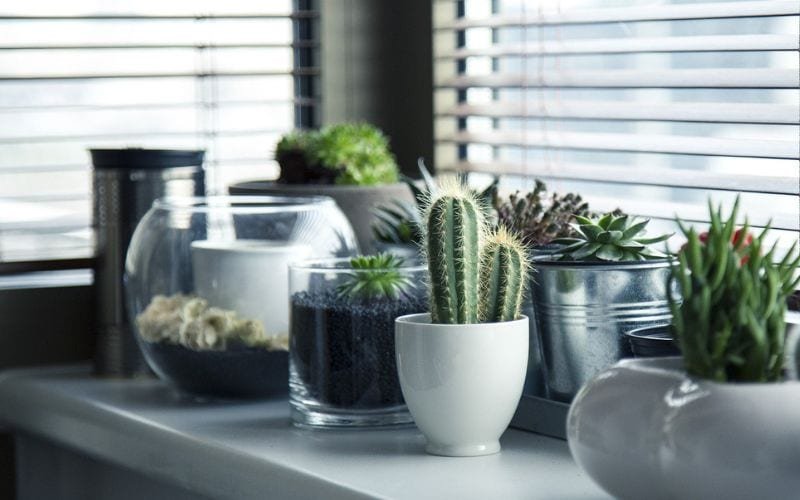Mountain biking offers an exhilarating mix of fitness, adventure, and the thrill of nature. With a vast array of mountain bikes (MTBs) to choose from, each designed for specific terrains and riding styles, selecting the right one can be daunting. Here’s a comprehensive guide to help you navigate through the options and choose the perfect mountain bike for your lifestyle.
Understanding Mountain Bike Types
Mountain bikes are categorized based on the height of the person using it, their gender, experience, intended use, and terrain. Here’s a breakdown:
1. Mountain Bikes For Men And Mountain Bikes For Women
Although men and women can ride each other’s bikes, using a men-specific or a women-specific mountain bike takes into account our anatomical differences. Here are some key differences between a man’s mountain bike and a woman’s mountain bike:
- The Top Tube: The top tube is the frame that connects the seat with the handles. A man’s mountain bike will have a nearly straight tube whereas a woman’s bike will have a slight dip. The dip helps women hop over the bike with ease.
- Handle Bars: On average a woman’s bike will have narrower handlebars than a man’s bike.
- The Saddle: Women’s bikes usually have a slight dip in the saddle and the saddle is placed slightly lower than a man’s saddle. This is again to accommodate height and biological differences between a man and a woman.
Of course, picking a mountain bike based solely on your gender is not enough. You should pick out a mountain bike according to your biking needs as well, however, this is a good place to start. Make sure to buy a bike that has room for changes in the fittings so that you can customize the bike based on your height and shoulder width.
2. Mountain Bikes For Beginners
As a beginner, we assume you probably don’t know what type of mountain biking you enjoy more. So it’s important to invest in a versatile bike that can do a bit of everything, something that is not too expensive and can be upgraded later on so that you can buy better wheels or saddle as you find your comfort.
Beginner Bikes Tend To Have The Following Features:
These bikes are usually made with aluminum because it is cheaper to source and maneuver. A beginner’s mountain bike also has the potential for an upgrade. So, the wheels, handles, saddle, and peddle can be upgraded to a better model as you gain more experience. Speaking of the peddle, you should go for a regular one when you start out and later upgrade to one with a metal buckle to clip on your shoes.
We have written a more detailed guide on mountain biking for beginners. Feel free to check it out.
Here are some mountain bikes that are beginner-friendly:
Huffy Stone Mountain Hardtail Mountain Bike
Now here’s a hardtail bike made especially for young bikers. Unlike your standard beginner mountain bike, this one is made of steel, making the bike lighter than its aluminum counterparts. This bike is relatively easy to assemble and it’s not much different from a regular bike. Beginners can use this as a transition for mountain bikes made for experienced bikers.
This bike is great for people aged between 12 – 19 so if you’re wondering what to get on your child’s birthday – this might just be the perfect gift.
Mongoose Maxim Girls Mountain Bike
This bike is made for girls 8 years and above or within 4’8” to 5’6”. Since this is made to hold a smaller build, the bike is light and easy to carry. It has up to 21 speeds and a 3-piece crank system that makes gear shifting and uphill biking a breeze. This bike is a great stepping stone for learning different styles of mountain biking – cross-country and trail biking.
Mongoose Flatrock 21-Speed Hardtail Mountain Bike
Now here’s a sturdy hardtail bike fit for both men and women. This too has 21 speed controls that make riding a breeze. The bike is made of aluminum but is still pretty lightweight. It comes with an adjustable saddle that you can adjust according to your height and V brakes that provide sure stops to ensure safety.
3. Cross-Country (XC) Bikes
Cross-country bikes are designed to climb uphill for longer periods. Hence they are usually made of carbon fiber, which makes them light and easier to twist and turn. The bike usually comes with low-speed breaks that allow you to climb mild terrains.
Cross-country riders are focused on endurance building and hence need a bike that can withstand long rides. Bikes with a rustproof coating provide advantages against rain and snow.
4. Trail Bikes
Trail bikes are probably the in-between bikes that can do a bit of everything. They can climb up and down hills, are built for speed, endurance, and can be used for both smooth trails and technical descents.
They usually have a balanced geometry, meaning that they have equally sized tires in the front and back. Although these bikes cannot handle extreme uphill and downhill trails they are pretty good at beginner to mid level trails and journeys.
5. Enduro Bikes
These bikes are built for downhill races hence they are heavier, especially around the front. They commonly have thicker wheels designed to absorb the shock from the road. Common indicators for these bikes are they have a heavier frame and bigger breaks.
Enduro bikes are not for beginners. They are ideal for those with experience and have good control when they go downhill.
6. Downhill (DH) Bikes
As the name suggests downhill bikes are made for steep technical descents and racing. They must have a heavy-duty frame to handle the shock coming from fast downhill racing. The wheels have good grip and it comes with a long suspension. It has good control for downhill descents and the seat and handle are placed higher than other bikes. Since these bikes are designed purely for downhill biking, taking them uphill can be very strenuous and often requires some kind of assistance.
7. Fat Bikes
Fat bikes are designed to ride on soft unstable roads like snow or sand. A regular mountain bike will sink in the snow whereas a fat bike covers just enough surface area to keep you on top of the snow and sand.
Fat bike tires are somewhere between 4-5” wide and have 26” wheels whereas a regular bike is 2.4” and usually comes with 27.5” wheels. They come both as full suspension and hardtail bikes, however, the hardtail version is more common.
Since the tires are so big, they usually take longer to start and are harder to stop but once you gather the momentum. But these bikes are just as fast as regular mountain bikes. The extra size in the wheels boosts stability in off-beat roads, giving you the confidence to take on difficult adventures.
Here’s a fat bike you might like:
The Manidae Fat Bike From Vanpower
This bike comes with a 4” wide tire with 26” wheels, perfect for the much-needed stability in unsteady terrains. The handlebar is placed slightly higher, making it ideal for downhill adventures. But what sets this bike apart from your regular mountain bike is that it runs with a chargeable motor, which means you can travel faster with less effort. So say goodbye to those tiresome uphill rides and have a ball on your way down!
Factors to Consider Before Buying A Mountain Bike
Now that we know the types of mountain bikes, and have a general idea of what they are good at, we can choose a bike based on our riding style.
1. Riding Style
Your preferred type of riding is the most crucial factor. Of course, if you are a beginner, you shouldn’t put too much thought on this and go for a mountain bike for beginners, but if you are a little experienced, it’s time to upgrade based on your unique riding style.
Here’s what will suit you based on your preferences
Casual Trails and Fire Roads: Opt for a cross-country or trail bike.
Technical Trails and Moderate Descents: A trail or enduro bike might be best.
Aggressive Downhill: Consider a downhill or enduro bike.
2. Budget
Mountain bikes come in a wide price range, from a few hundred to several thousand dollars. Higher-end models typically offer better components, lighter materials, and advanced suspension systems. Here’s a rough price guide:
Entry-Level: $500-$1,500.
Mid-Range: $1,500-$3,500.
High-End: $3,500 and above.
Additionally, hardtail bikes are cheaper than full suspension bikes, and bikes made of aluminum come at a lower price than those made of carbon fiber.
3. Frame Material
The frame material influences the bike’s weight, strength, and cost:
Aluminum: Common, affordable, and offers a good balance of weight and durability.
Carbon Fiber: Lightweight and stiff but more expensive.
Steel: Durable and smooth ride but heavier.
Titanium: High-end material, combining lightness and durability, with a premium price.
4. Suspension Type
Mountain bikes come with various suspension setups:
Hardtail: This bike only has a front suspension, not a back one, making it ideal for less technical trails or beginners.
Full-Suspension: This has both the front and rear suspension, providing better comfort and control on rough terrains. Suitable for trail, enduro, and downhill riding.
5. Wheel Size
Choosing the right wheel size can affect your ride quality:
26-inch: Less common now but nimble and maneuverable.
27.5-inch (650b): Balanced between agility and rolling efficiency.
29-inch: Rolls over obstacles more easily, ideal for doubletracks and trail riding.
Plus-Size (27.5+ or 29+): Wider tires for extra traction and comfort, often used in trail and fat bikes.
6. Fitting In Your Bike
An appropriately sized bike enhances comfort and performance. Consider the following:
Frame Size: Based on your height and inseam. Manufacturers provide sizing charts.
Stand-Over Height: Ensure there’s adequate clearance between you and the top tube.
Reach and Stack: Determines how stretched or upright your riding position is.
Additional Considerations
1. Bike Components
When you get better at riding your mountain bike, you should consider the following upgrades for a smoother journey. You should upgrade drivetrains, brakes, and suspension quality with additional fittings. Hence make sure that your bike is made for higher upgrades.
2. Test Rides
Whenever possible, test-ride different models. This helps in understanding how the bike feels and performs under your riding conditions.
3. Future Upgrades
Consider the bike’s potential for upgrades. Investing in a solid frame allows for component upgrades as your skills and preferences evolve.
Conclusion
It takes a bit of time and research to know which mountain bike works for you. By evaluating the different types of mountain bikes and considering the key factors outlined above, you can find a bike that not only fits your lifestyle but also enhances your overall mountain biking experience. Whether you’re tackling rugged trails, enjoying smooth single tracks, or exploring off-the-beaten paths, the right bike will make your adventures more enjoyable and fulfilling.
Embark on your mountain biking journey with confidence, knowing you’ve chosen a bike that perfectly aligns with your passion and lifestyle. Happy trails!
































